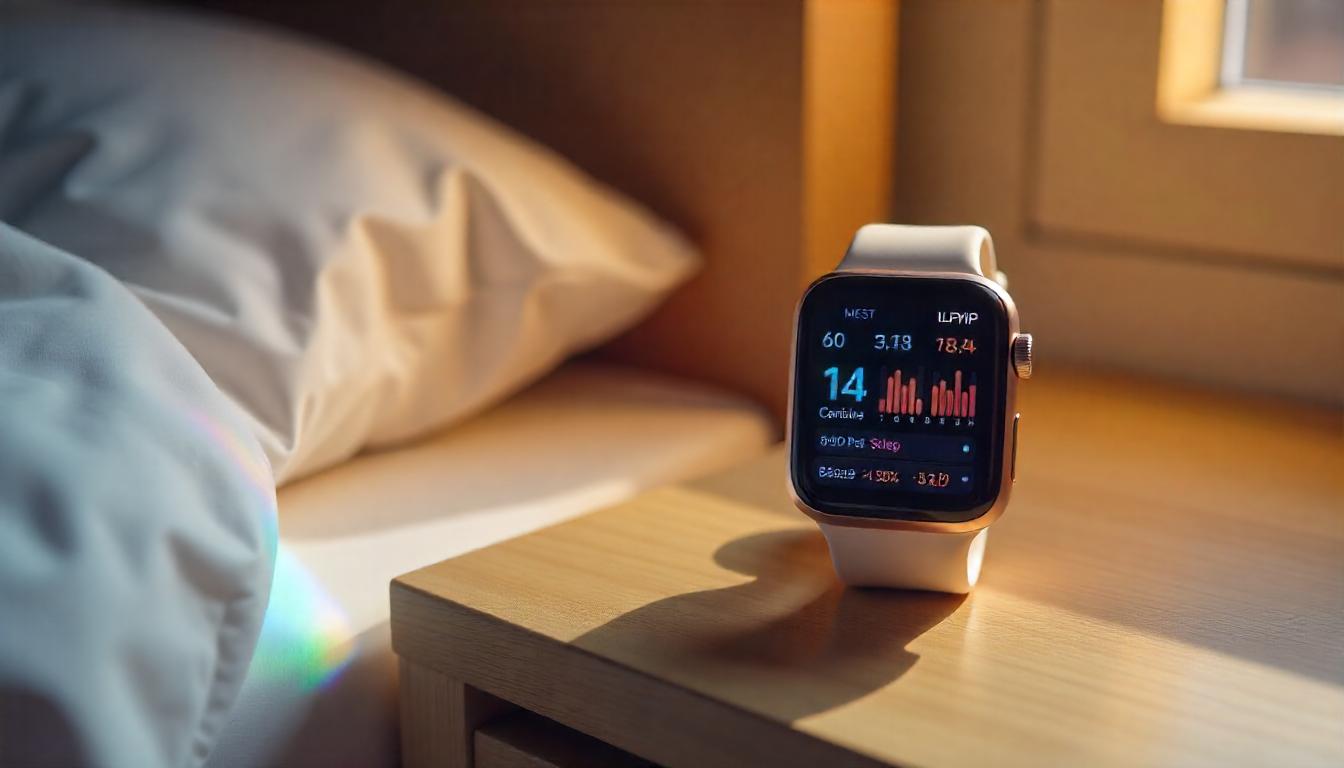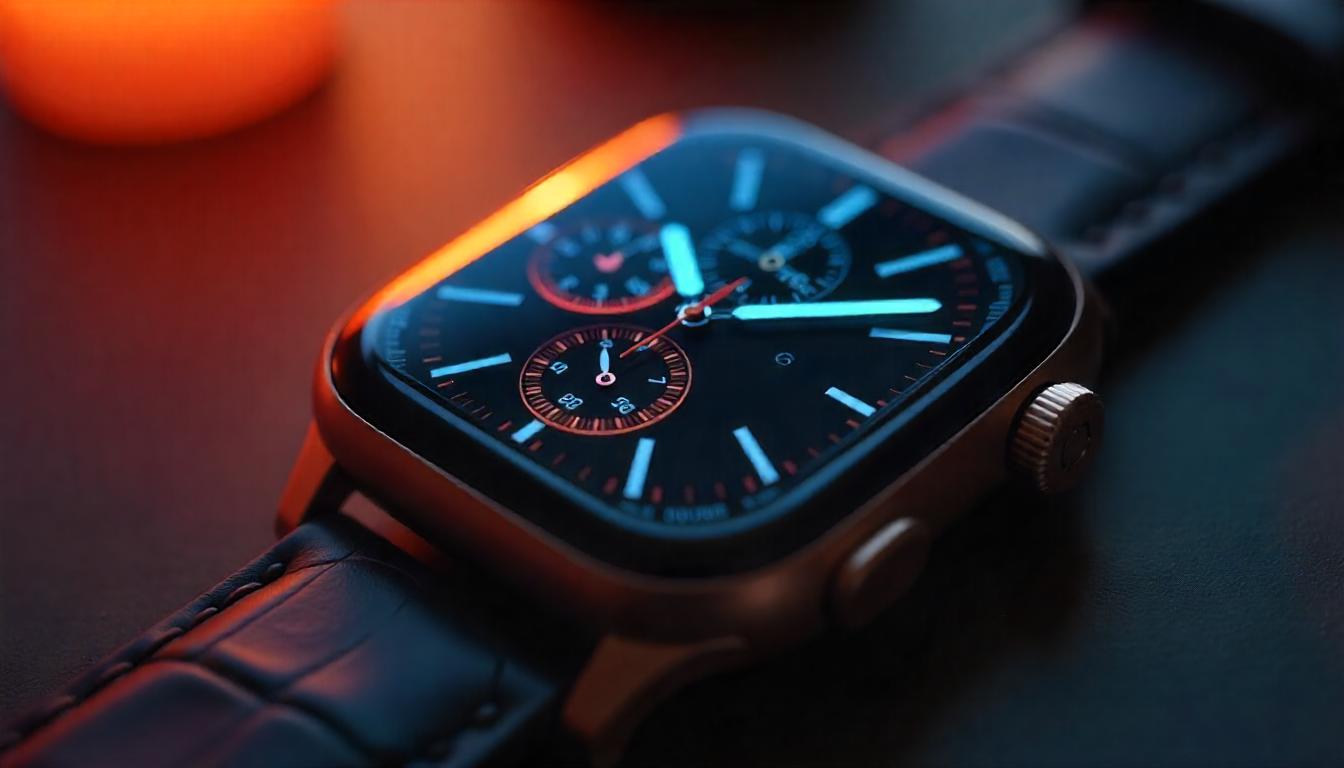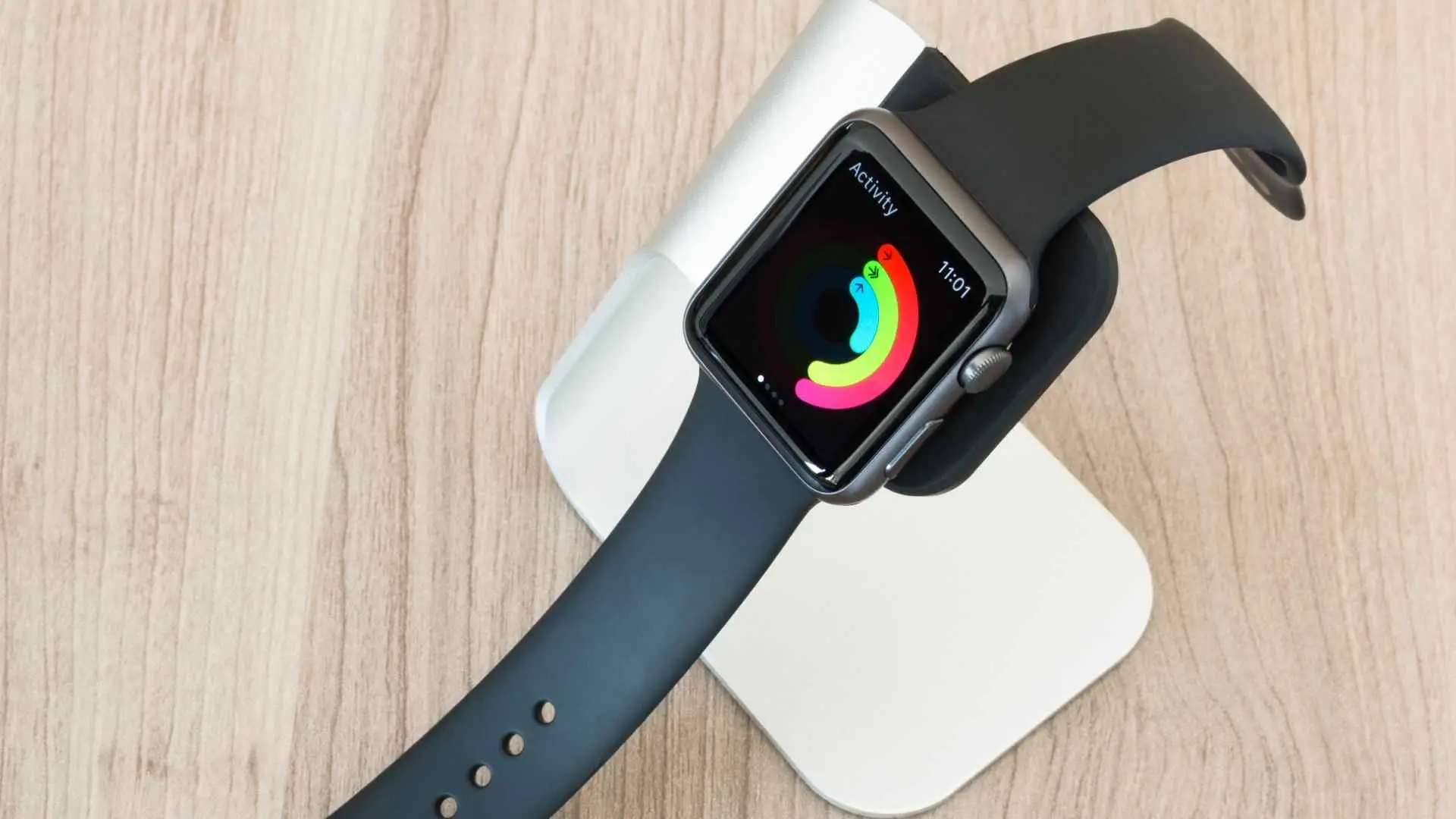A lot has been said about the features of smartwatches, the only trouble seems to be the battery, in most cases a smartwatch can run out of battery by mid-day. Most smartwatches that allow you to send or receive text messages or emails, count the number of steps and monitor your heart rate are power guzzlers that makes it really difficult to sustain its battery. However, I find it unreasonable to expect users to modify certain behavioral patterns or habits, like for instance, constantly looking at one’s smartwatch, every other minute. Switching to a Samsung Galaxy Watch, an Apple Watch or even a Fitbit isn’t exactly a solution, so I will just explain that feature on my smartwatch instead.
Understand Your Smartwatch’s Battery Life
To start with, there is a reason for a considerable difference to exist between the battery life of inter alia the various brands of smart watches. For example, you have to realise that when the Apple watch series 10, or for instance the Samsung Watch 6 are equipped with AMOLED, GPS, Bluetooth and a mic, they are multitasking devices bundled into one. However, such features are indeed some of the best feature available for purchase on a smartwatch.
As a counterpoint, simpler models such as Garmin Vivosmart 5 or Fitbit Versa 4 have an edge as their primary role is to offer fitness monitoring and the rest of the functions may not be so critical. The batteries in such devices can easily sustain few weeks or for that matter few days.
Likewise, hoping for enhanced contribution to the invention of a smartwatch is not a shortcoming of the concept but rather an advantage whereby one would own a miniature personal computer housed in a configuration of a wristwatch. To the opposite, there are configurations through which the time the battery lasts is heightened at the cost of good amount of functionalities.
Tweak Display Settings
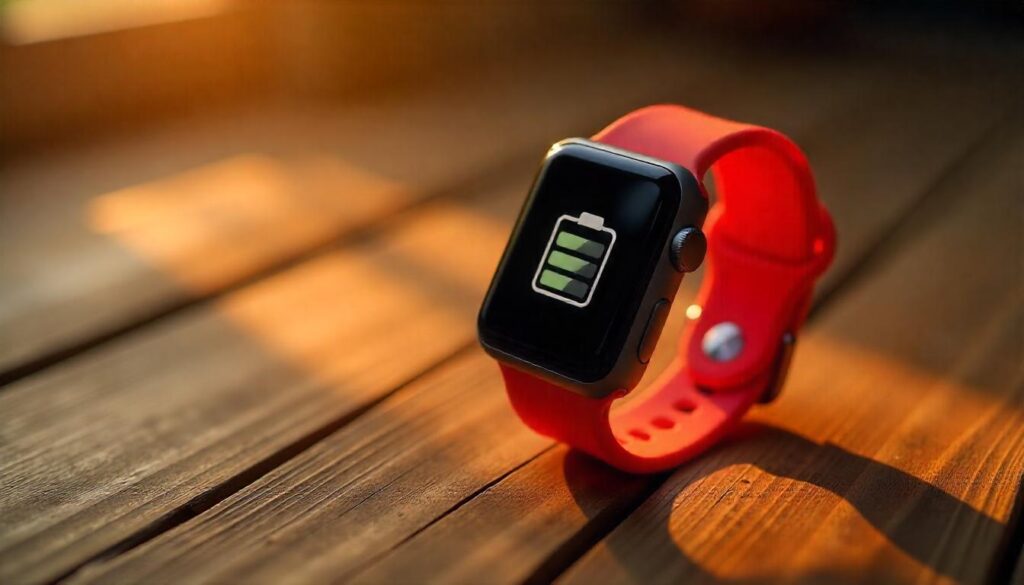
In particular, the fitting of any smartwatch may result to the employing of too many battery timmings mainly because of the frequent usage of the display fitted on the device. For example, if one would want to enjoy the multi-dimensional device, use an amoled display, like in the case of the Samsung Galaxy Watch 6, the device would have to be operated at the maximum brightness level. But keep in mind, you don’t really want your smartwatch to dazzle you with light.
It should be noted that low brightness settings are an effective means of conserving battery power. A lot of smart watches also have the option of disabling the constant lighting of the display panel.
However, this feature is a huge battery drain although it is a time saver (you don’t have to flick your wrist to check the time again!). Instead, enable the raise-to-wake function, which works only when your hand moves upward towards your face.
The never-ending trend of clients constantly receiving one notification being an email, a text or application alerts through vibrations or sounds.
Not only is it distracting but also cuts down on battery power. Consider this the next time you receive a message or notification on your device and use it as a great opportunity to brag about yourself.
Every time a notification receives, the device lights up, it vibrates or makes a sound which increases the total energy consumption.
Limit Notifications
The constant buzzing of your smart watch every time an email, text or an application alert comes through is such a nuisance and annoying as well as costly in terms of battery consumption.
Think about it in this way: each time a notification comes through, your watch lights up, vibrates, or sounds which amounts to energy usage.
Take a moment of your time to check the settings’ rules.
Do you truly have to be notified if someone has liked your photo on Instagram, or that there is a sale at your favorite store? Most likely not. For example smartwatches such as Huawei Watch, Apple, or Fitbit Sense 3 allow you to adjust the settings so as to only receive those notifications that interest you.
Not only will this help to save your battery but it will also increase your concentration levels.
This will not only save your battery but also help you concentrate better.
Manage GPS and Wi-Fi Usage
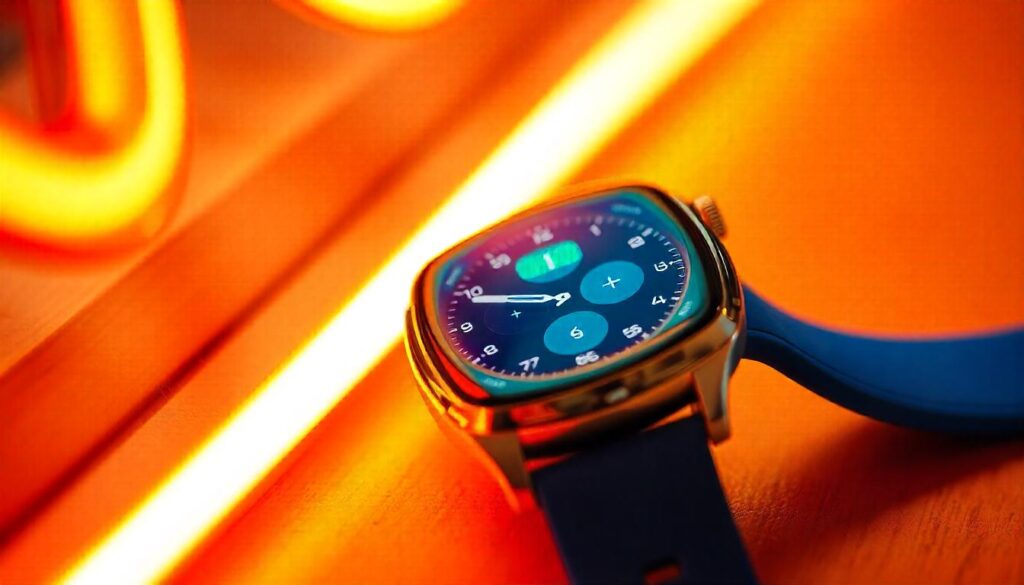
While running or cycling, the watch is busy tracing your coordinates. So, it is understandable that GPS and Wi-Fi take a toll on your battery, but do you really need it all the time, say while walking around the block?
In some smartwatches, GPS can be switched on and off or rather replaced by phone’s GPS. Consumers have also been able to use multiple tracking features, as in the case of Garmin devices, which allow switching from ‘Every second’ tracking to ‘Smart Recording’ which, is less battery consuming.
The GPS may be useful when running or cycling, but why would you want to use it when simply walking around your street? Let’s put the watch aside for one second. It’s common knowledge that global positioning systems and wi-fi use a lot of battery.
Smartphone GPS can replace the built-in GPS on some smartwatches, rendering it possible to turn it on and off GPA as you wish According to some Garmin users, they were able to switch from ‘Every second’ to ‘Smart Recording’ which records somewhat less information.
Smartwatches make it very easy to use wi-fi, and whilst it is nice to watch music, a smartwatch does have its drawbacks as well. Some features such as streaming music may be less frequent for people due to this we can switch off wi-fi and use Bluetooth instead.
Optimize Health Tracking
Unfortunately, to track more metrics, for example heart rate, blood oxygen levels and stress would be inadvisable as it damages the battery quickly.
For people who do not work out as a routine, it may be better to turn off some features that are less important for you, and are needed on a rare basis.
For instance, from the point of view of a casual user, having a heart sensor on a smartwatch can be a nuisance and would only be needed for training or when recovering from an illness. Quite a few sports smartwatches enable you to change to fraction-based meter or disable the heart sensor while resting.
However, in the mode of sleep, there are fewer operations and therefore no major distractions ensuring improved tracking of data with minimum battery consumption.
Use Battery-Saving Modes
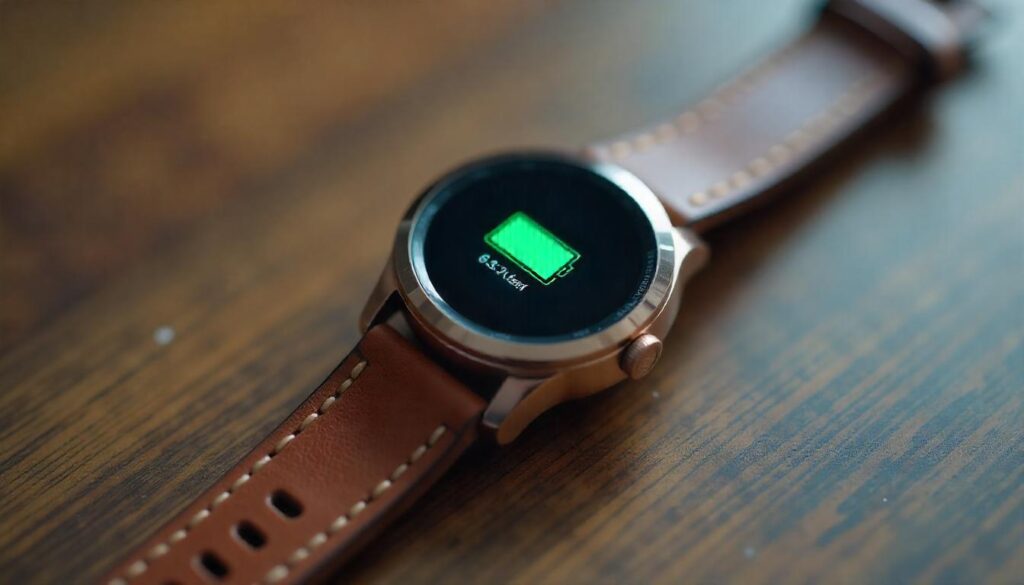
Most modern smartwatch devices have this power saver mode as one of the features which helps optimize the number of active applications and other functions to extend the life of the battery.
As an illustration, a feature called “Power Reserve” is available on the Apple watch. Now, when the time is required to be displayed while keeping the time intact can also be done with fewer activities.
Likewise there are other modes available in Garmin and Fitbit watches that save battery and can be relied on that forego heavy screen use and synchronization.
These are the trade-offs you should consider, especially if you plan on being out and about without access to a charger for an entire day.
For example, you might be busy at work or spending the weekend outdoors. Keeping that in mind, it is important to consider how some of the features might run out in these particular modes.
The app will likely want to Synchronize, and if close, it has the option of Updating.
Keep Apps and Updates in Check
Some devices, such as the more recent Apple Watch Series 8, allow you to download applications made by other companies.
What’s inconvenient is switching the watch from one app to the other on trails, which has to be done if the watch comes with loose functionalities, but the app itself can drain battery rather quickly if the user forgets to do so.
The fundamental rule is to avoid keeping apps that are no longer of use to you, so the basic solution is going back to the never used apps pages once in a while, if it’s been a while, to simply wipe them clean while also confirming that you indeed have the latest applications installed.
Remember when an application update or even a synchronization feature has a reason behind it, though complex, it is always hidden in plain sight.
Updating has its set of features and most watches today have the ability to change some basic parameters.
Charge Smart, Not Hard
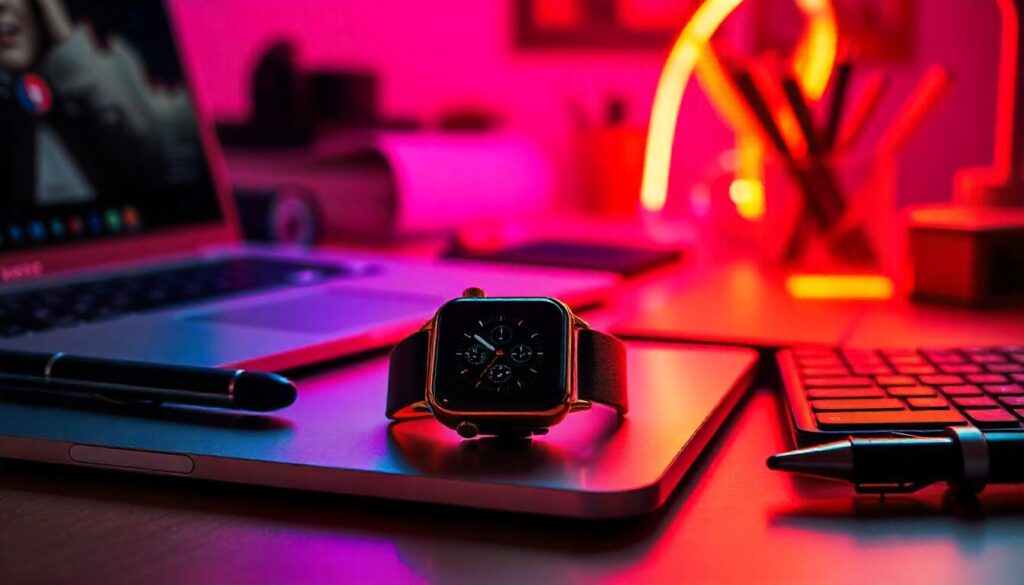
There are particular choices in your lifestyle which prevents your watch from gathering grime and dirt and in those instances, yes, attention towards charging habits do count.
One truism remains if the watch is not taken care of which is the only option left is to ignore the truism and that is your watches battery degenerates slowly. It is also a watch that is usually worn in a larger range of activities from checking the heart rate to just being connected to your phone, so it is best if it is not neglected.
There is no reason to dwell upon combating patina, But do make an attempt to maintain battery charge from 20% to 80%.
There are certain features in a smartwatch that are critical and those that are not so critical, but using them was not the best of ideas.
For instance, there is a fast charging feature that comes in handy when necessary due to depletion of power and you need a little boost to power things up but as a smart user who enjoys the heat produced going down over time, it would be best to limit the usage of it especially if it didn’t come with an ordinary charger.
Turn Off Features You Don’t Use
To be honest, there are some smartwatch features such as an NFC for payments or an altimeter that I don’t know if I’d like to use.
However, a surprising number of people do wear smartwatches for novel features that they do not at all require and if they are disabled, the battery could be prolonged.
For many, all of these additional elements make their smartwatches look less organized so, there is a possibility of just getting rid of them.
Final Thoughts
Some of these settings alright do affect how the watch operates such as turning off some features or changing the display, but these in the long run do prove efficient as it reserves battery. It isn’t the case that using a watch needs to be complex. In fact, it is rather straightforward.
Just ensure that the target is not to disable every feature on the smartwatch but rather to highlight the ones that stand out to you.
I believe I will be using my smartwatch more than its charging as time passes by and the settings do change. Surely the goal of these devices is to make your life easier, doesn’t it?














